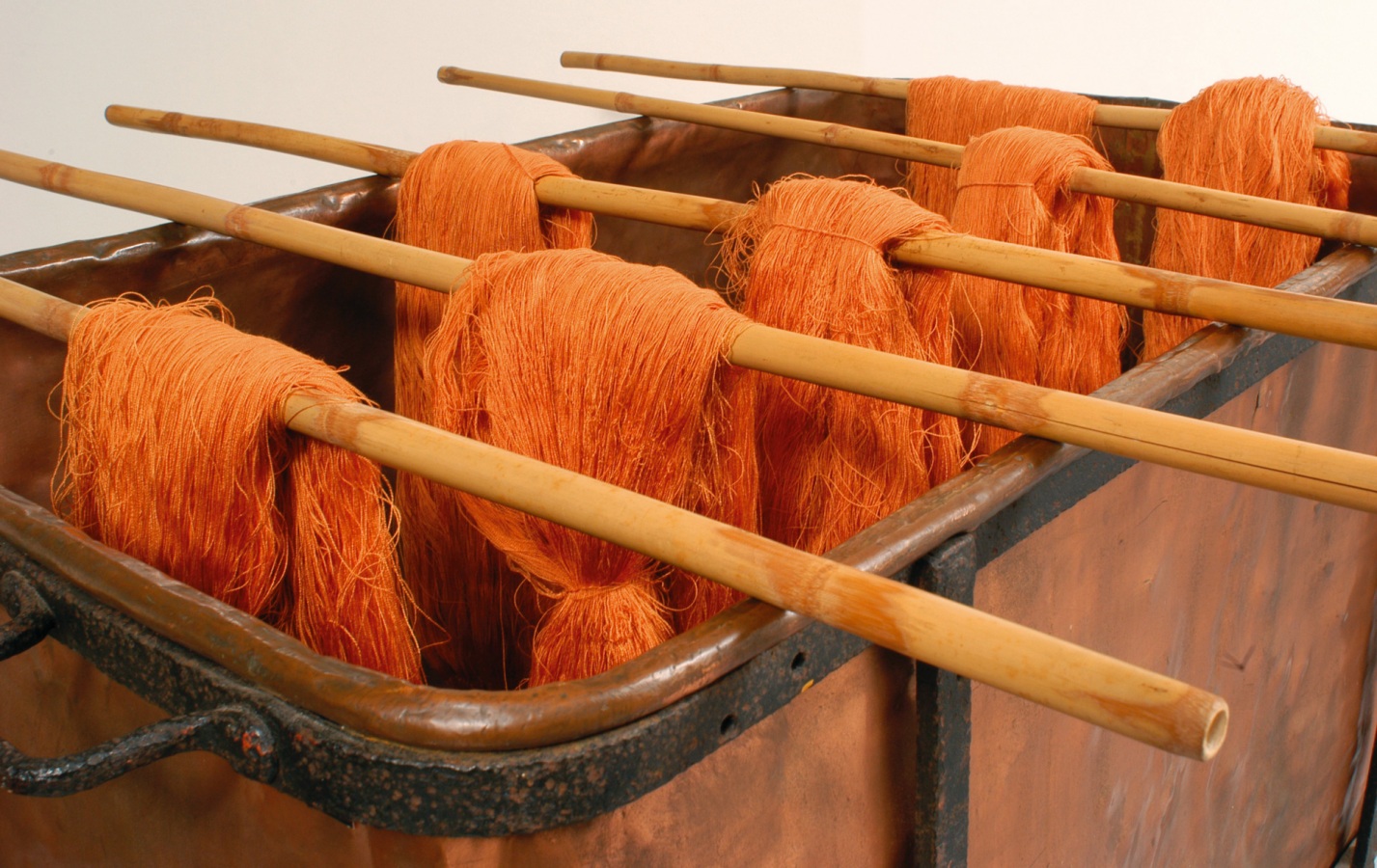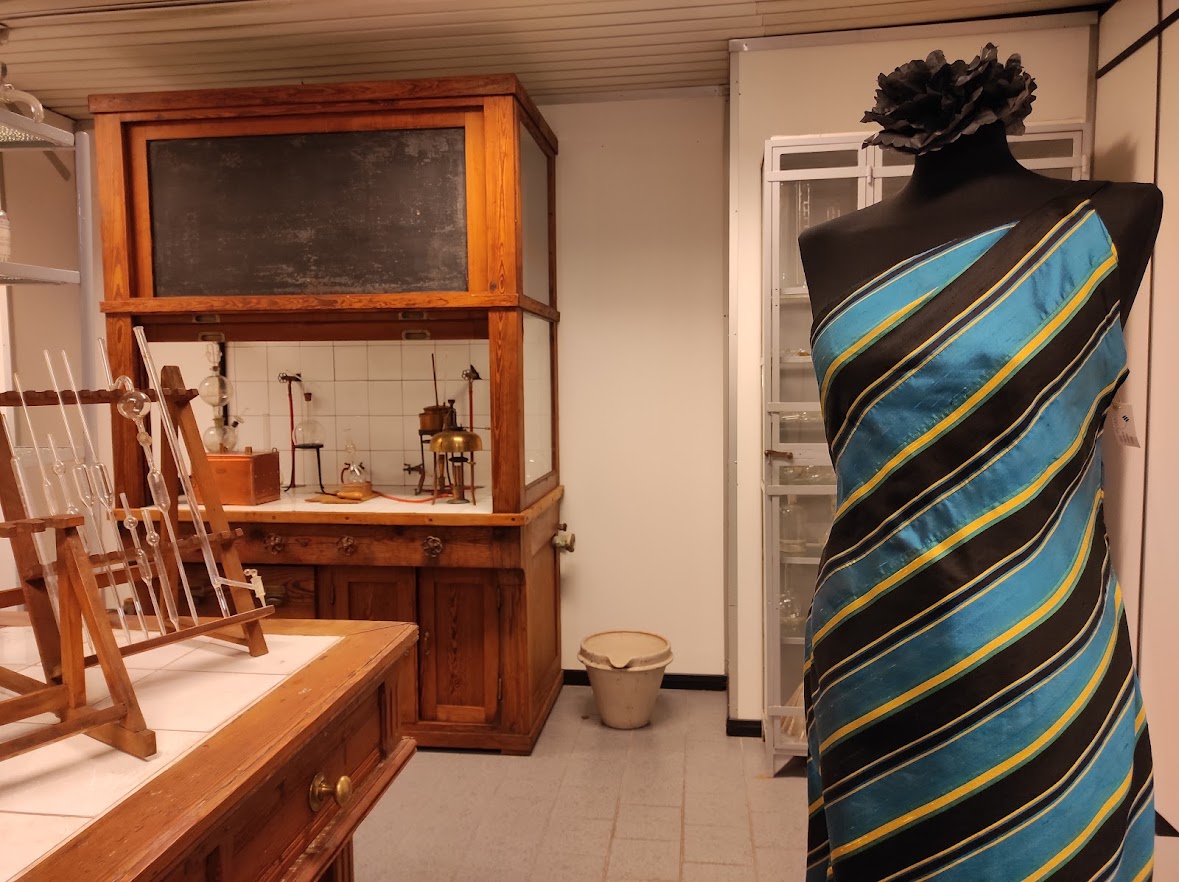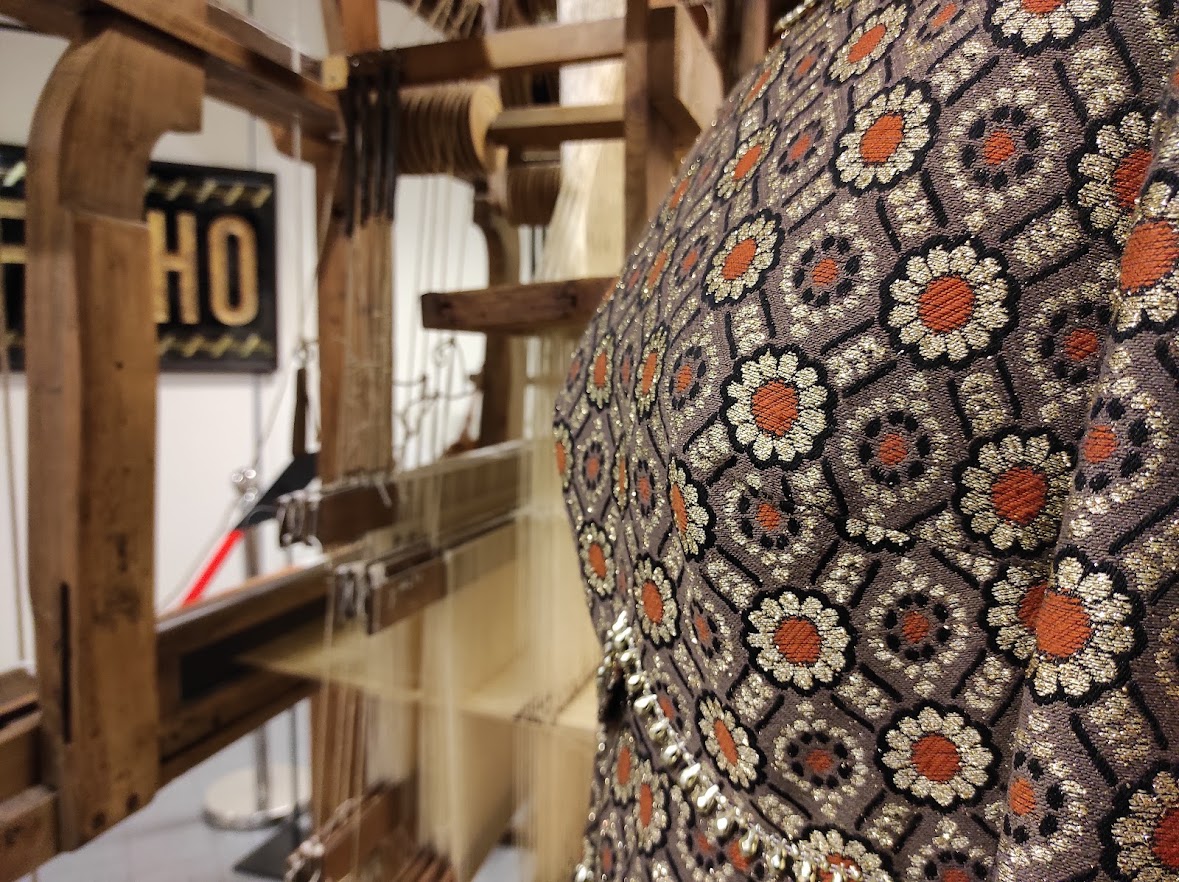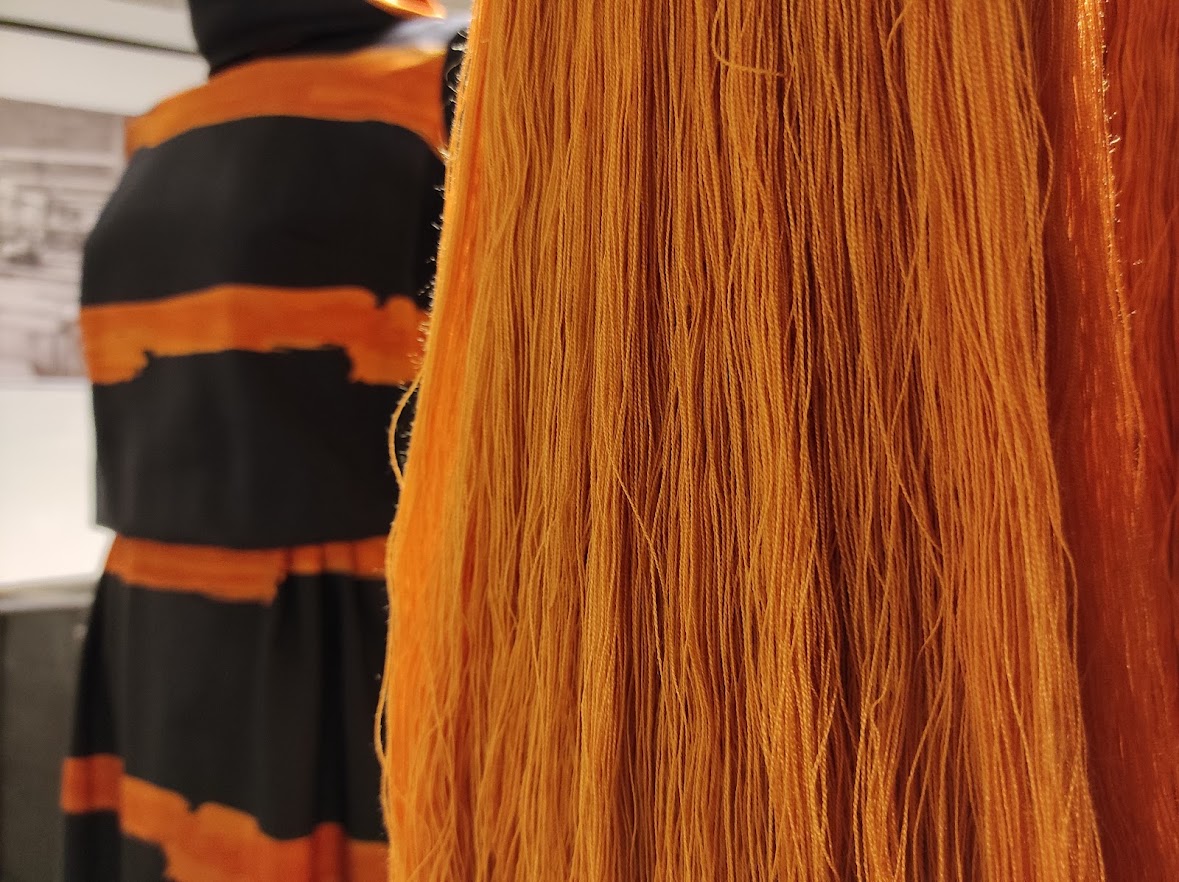Como, sustainable city of silk
A new filter to tell the history of the Museum.

The rebirth of Como as a sustainable city of silk after the Covid emergency: a situation that has brought many new expressions into everyday lexicon such as resilience, lockdown, Rt index and indeed, sustainability.
However, sustainability is not an original or unprecedented concept. It was 2007 when journalist Kate Fletcher started talking about "slow fashion" using this term to describe a new way of looking at fashion in a more conscious perspective of the impact of production on workers, the environment and the ecosystem.
Since then, the "sustainable" vision has spread to such an extent that it also undermined some popular chains that had otherwise pursued mass production finalizing their output to a continuous exchange of collections as the main commercial lever.
Today "sustainability" is a widely used term and goes far beyond the scope of ethical reflections in which it blossomed and even the giants of world finance have begun to be interested in it.
In 2020, sustainable debt emissions reached 732 billion dollars, marking a + 29% compared to 2019: a record and anything but a foregone conclusion in the year of the coronavirus and which has far exceeded all forecasts.
Con il contributo di

However, sustainability is not an original or unprecedented concept. It was 2007 when journalist Kate Fletcher started talking about "slow fashion" using this term to describe a new way of looking at fashion in a more conscious perspective of the impact of production on workers, the environment and the ecosystem.
Since then, the "sustainable" vision has spread to such an extent that it also undermined some popular chains that had otherwise pursued mass production finalizing their output to a continuous exchange of collections as the main commercial lever.
Then came the turn of the high-end companies to begin to ask for more stringent environmental performance to join a global market aimed at sustainability, up to the point where "being sustainable" has become a fundamental requirement to access customers that are always more demanding as well as a way to differentiate from productions made in countries with low labor costs.
In 2020, sustainable debt emissions reached 732 billion dollars, marking a + 29% compared to 2019: a record and anything but a foregone conclusion in the year of the coronavirus and which has far exceeded all forecasts.
Today, Italy no longer produces cocoons but maintains a thriving textile manufacturing industry and Como is the most important silk district in Europe. A designer product in silk (Italian, French, whatever…) is generally produced with a Como fabric and the Como silk supply chain is today the only one in the western hemisphere where all the processes of the silk transformation cycle are present.
The ability of companies in the Como silk supply chain - which have remained a point of reference for the vast majority of world brands - to face this challenge is documented in the volume “Seta. Storia. Processi. Ambiente”, the result of the collaboration between Innovhub and the Scuola Universitaria Professionale della Svizzera Italiana (SUPSI). The publication, from which the above passage is taken, was also cited in support of Como's application to the UNESCO Creative Cities Network that turned successful thanks to an intervention program that includes, among the actions, those called "Como Sustainable Fashion District” and “Como for green water and textile landscapes”.
Therefore, sustainability is the new filter through which the Museum intends to narrate its own history (and consequently that of the territory which between the 19th and 20th centuries welcomed it so widely), highlighting both the seeds that have accompanied, at times, the evolution of production processes and the historical criticalities - environmental and social - the result of massive production.
These are just some of the questions that are answered in this new section of the site created with the support of Regione Lombardia which awarded the homonymous project through its 2021 Cultural Calls (ex. LR 2015 - 25).
Here, through the filter of sustainability, we want to tell a productive story seen from below, from the part of those who de facto contributed to producing silk, through the songs of the spinning mill and the direct testimonies of the operators who represent a precious example of immaterial culture that the Museum collects and discloses.
Como, the new sustainable city of silk.
Lorenzo Donegana
Project manager “Como città sostenibile della seta”
Therefore, sustainability is the new filter through which the Museum intends to narrate its own history (and consequently that of the territory which between the 19th and 20th centuries welcomed it so widely), highlighting both the seeds that have accompanied, at times, the evolution of production processes and the historical criticalities - environmental and social - the result of massive production.
- What attention for working conditions?
- What energy was used to power the machines (and what was its impact on the environment)?
- Technique: which professions did it create and which it made disappear (and with what social consequences)?
These are just some of the questions that are answered in this new section of the site created with the support of Regione Lombardia which awarded the homonymous project through its 2021 Cultural Calls (ex. LR 2015 - 25).
Here, through the filter of sustainability, we want to tell a productive story seen from below, from the part of those who de facto contributed to producing silk, through the songs of the spinning mill and the direct testimonies of the operators who represent a precious example of immaterial culture that the Museum collects and discloses.
Como, the new sustainable city of silk.
Lorenzo Donegana
Project manager “Como città sostenibile della seta”
Con il contributo di




Come and visit us

